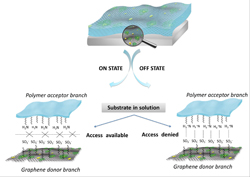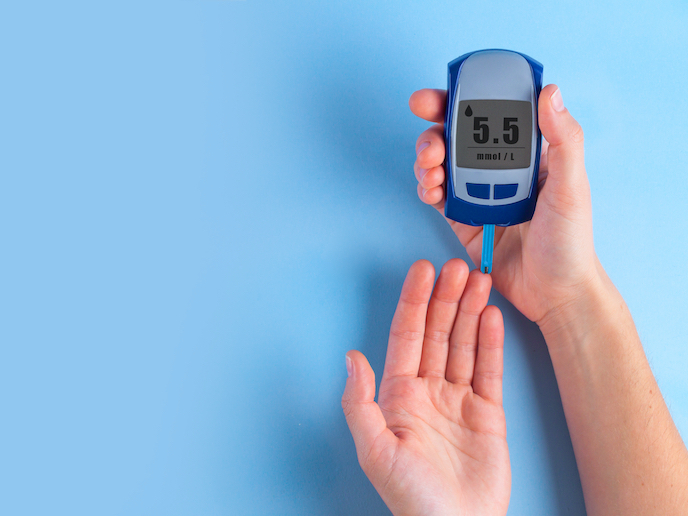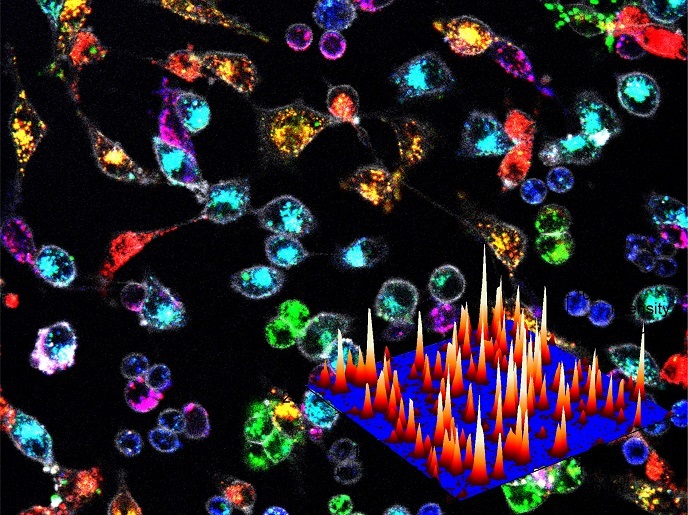Bioreactors on the nano scale
The 'Stimuli-responsive zipper-like nanobioreactors' (SMART) initiative developed a new generation of stimuli-responsive smart devices capable of self-switching towards advanced applications. These applications included on/off switchable biocatalysis in the fields of biology, food, health and environment. Scientists developed a new type of bioreactor capcapable of self control for advanced applications. The reactor was designed to be able to respond positively by building unique 'zipper' nanoarchitectures. The zipper comprised a polymeric donor branch and a polymeric receptor branch, which were assembled together with the aid of donor–receptor interaction. At relatively low temperatures the active donor–receptor interaction — resulting from ionic hydrogen bonding — coalesces, thereby restricting access to the bioreactor for biosubstrates. This causes a decrease in the diffusion of reactants resulting in lower activity. In contrast, at relatively high temperatures the hydrogen bonding is weakened and the biosubstrate becomes freely available to the bioreactor. Therefore, the external temperature acts as an on/off switchable model. The correct ratio of donor to acceptor monomers is essential for producing the optimal zipper. Project partners designed, developed and tested the novel bioreactor platform possessing self-control capabilities for advanced applications such as switchable biocatalysis utilising nanotechnology. SMART scientists used the technology to conduct an investigation into stimuli-responsive zipper-like nanobioreactors, which respond positively to the substrate. Researchers also explored the use of nanobioreactors in switchable biocatalysis and modulated protein processing. In addition, the consortium developed other novel methodologies and application strategies, including molecular self-assembly, monitoring of dynamic phase transition, and biocatalytic analysis and characterisations. The SMART consortium successfully developed an inexpensive, stable yet ultra-sensitive device that is fast and easy to use. This advanced technology will exploit a new generation of stimuli-responsive advanced nanomaterials to create smart nanobioreactors for use as novel biosensors.







